NEWS
2025.01.13
Notice of Patent Acquisition
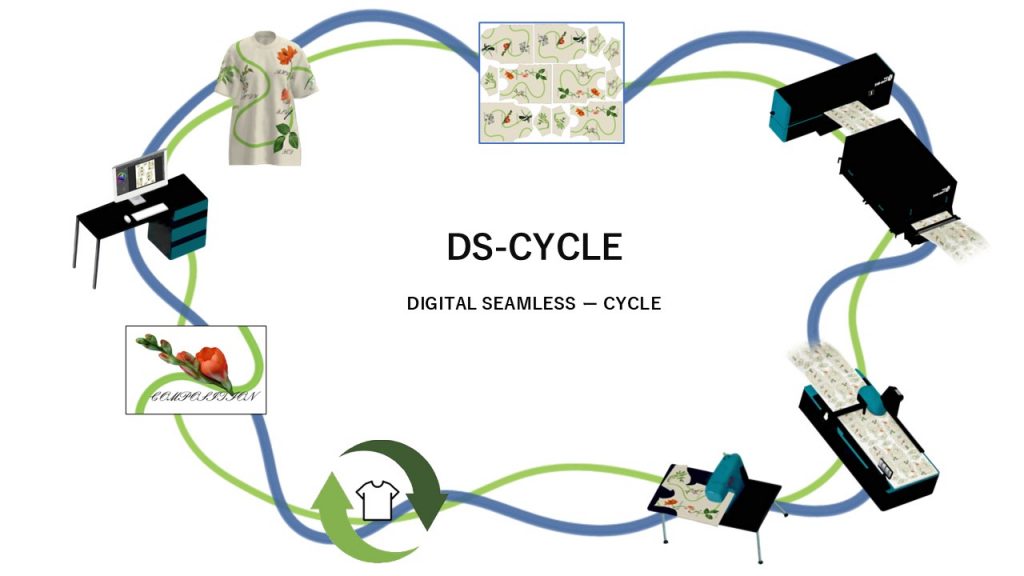
SEIKO CORPORATION which operates a sewing factory in Japan, has acquired a patent for an integrated production process from graphic simulation by 3D CAD to inkjet printing, and will build a new business based on digital and sustainability from 2025.
Circulation-oriented digital seamless process “DS-CYCLE
(Headquarters: 1-13-14 Midori, Sumida-ku, Tokyo) has established and patented “DS-CYCLE,” a digital seamless process of “3D graphic simulation → 2D graphic pattern → graphic marking → inkjet printing.

In addition to the 3D CAD and automatic cutting machine CAM technologies that Seiko has accumulated, we have installed inkjet printing equipment at our own factory to start a production line with no waste in the connection from graphics to printing.
On the software side, we will utilize our unique digital technology that simultaneously constructs graphics and patterns to shorten the work time for each process.
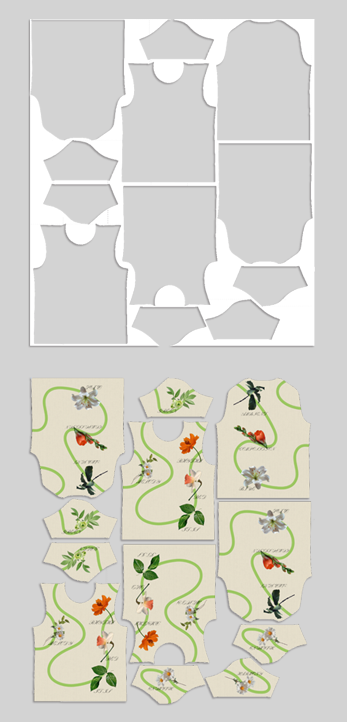
Graphic markers, which place pattern data combined with graphics, can be configured without waste. Since there is no need to print on areas other than those used, fabric length and ink volume can be reduced as much as possible, resulting in lower product costs. Scrap materials after cutting remain as white fabric, making them easy to recycle.
In addition, the sewing process can be linked to the sewing process PLM based on the Toyota Production System (TSS) introduced by SEIKO, so that the process is integrated all the way through to the finished product, promoting operational efficiency, simplified production management, and reduced delivery time for printed products.
Introduction of sustainable prints and enhancement of planning system
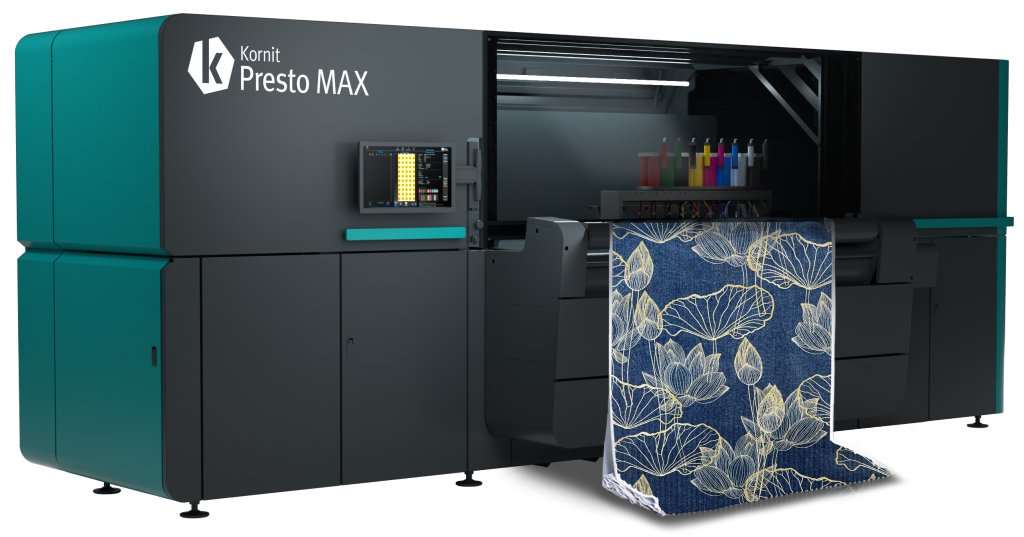
Kornit’s pigment inkjet printing equipment will be installed at the same location as the sewing factory in Chiba, which is operated by SEIKO, to strengthen the operation system and planning team that can produce prints in-house.
Kornit has developed a fine-particle pigment inkjet printing system that produces softer textures than conventional pigment prints. Furthermore, the print process does not use water for pre-treatment and post-treatment, so it is environmentally friendly.
Since it is possible to use white color and print 3D and embroidery-like expressions on fabrics of various blends, we will develop and propose unique textile expression methods in combination with the “DS-CYCLE” process.
KAJIHARA DESIGN STUDIO (Representative: Kanako Kajihara) will supervise the training of human resources for textile design and printing equipment operators, aiming to improve sensitivity and quality.
Revitalization of manufacturing through digital worksharing
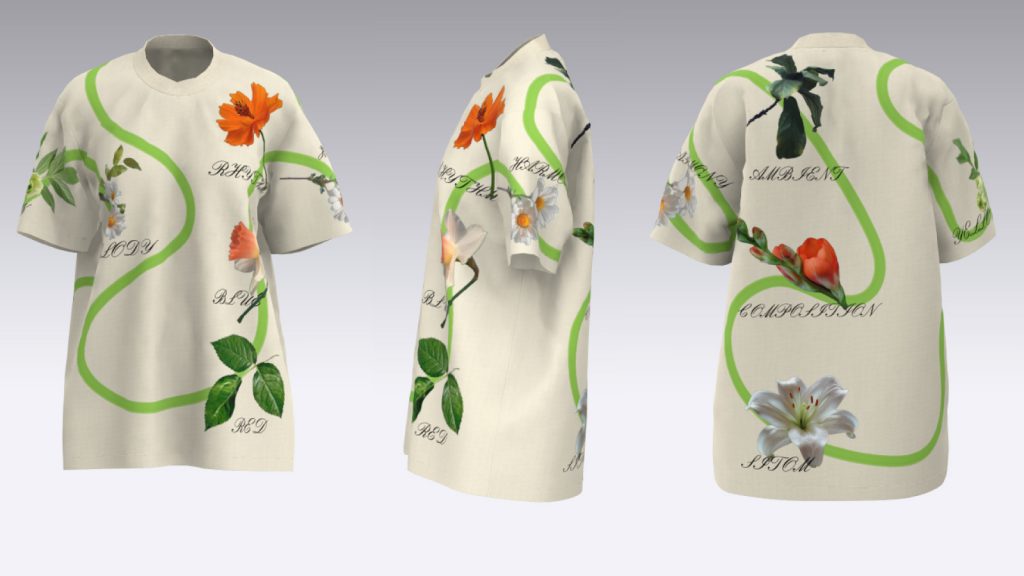
Collaborating with the client from the planning stage and using 3D digital data for visualization increases the speed of mutual confirmation and decision-making, and facilitates the completion of accurate final products.
We will also collaborate with designers, apparel and OEM companies, trading companies, retailers, and factories for printing and sewing who wish to work on only part of the “DS-CYCLE” process, and contribute to the revitalization of printed products through digital worksharing.
Reform to environmentally friendly factories and development of domestic production
While SEIKO has developed in the sewing and OEM product business and D to C in-house product sales business, we will also promote the software provision business utilizing digital and AI, as well as domestic and overseas sales of printed fabrics.
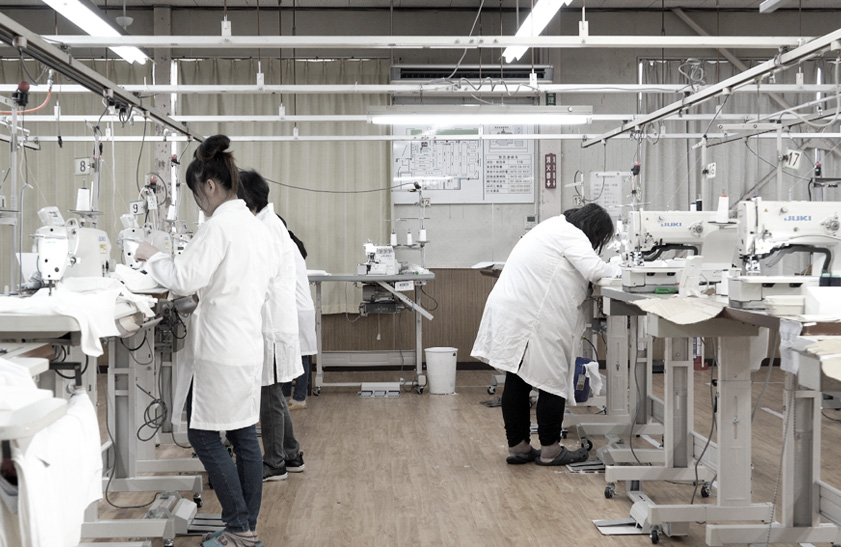
In 2025, we will install solar panels in the vicinity of the sewing factory site in Chiba, aiming to use 90% clean energy and acquire B-Corp, and expand our new exit strategy by promoting digitalization and sustainability in line with global standards, and develop domestic production, which is increasingly shrinking We will contribute to the development of domestic production, which is shrinking.